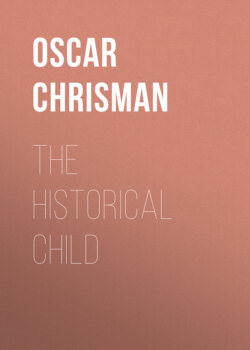Читать книгу The Historical Child - Oscar Chrisman - Страница 23
На сайте Литреса книга снята с продажи.
Dress.
ОглавлениеTable of Contents
The two principal garments of the ancient Peruvians were the tunic and the robe. In the simplest form the tunic consisted of an oblong piece of cloth, folded crosswise in the middle and a piece cut out of the fold for the head to go through, and the edges on each side sewed together except a place left for the arms. Sometimes the tunic was made with short sleeves. Often a belt was worn about the tunic at the waist. In the coast country the material used for clothing was cotton while wool was used in the highlands in the interior. The quality of the clothing differed with the rank of the wearer, the coarsest clothes were used by the common people while the finest were reserved for the nobility and the very finest for the sovereign. The cloths were colored and designs woven in them and sometimes they were fringed and embroidered and sometimes even they were further decorated with feathers and small plates of silver and gold.
On the head were worn conical or flat-topped caps, some having flaps to cover the ears and the back part of the head, while others enclosed the entire head, coming down under the chin, leaving only the face exposed to view. Women wore their hair long while with men the length of the hair proclaimed the rank, as the higher the rank the shorter the hair was worn, the sovereign alone having a closely cropped head. The ruling class wore a fringed cord of vicuña wool wound round the head three or four times, the color designating the rank of the wearer, that of the sovereign being crimson, of the heir to the throne yellow, and the higher officials wore other colors. Hair was not allowed to grow on the face and it was kept pulled out by means of small silver and copper tweezers. They wore sandals made of the hide of the llama or of vegetable fiber and they were fastened to the feet with cords.
Another mark of rank, along with their colored fringed cord, was the wearing of studs in the lobe of the ear, the largest size having been permitted to the sovereign only, and the sizes diminished according to rank. These ear-ornaments were so heavy as to pull the lobes of the ears down, making them quite large, the sovereign's ears being distended nearly to his shoulders. Sometimes the nose and the lower lip were pierced and ornaments worn in them. They wore necklaces made of beads of colored shell and turquoise, finger-rings, anklets, and bracelets of silver and gold, and pins for fastening the cloaks. Tattooing was practiced, designs having been worked into the skin with a blue pigment.
